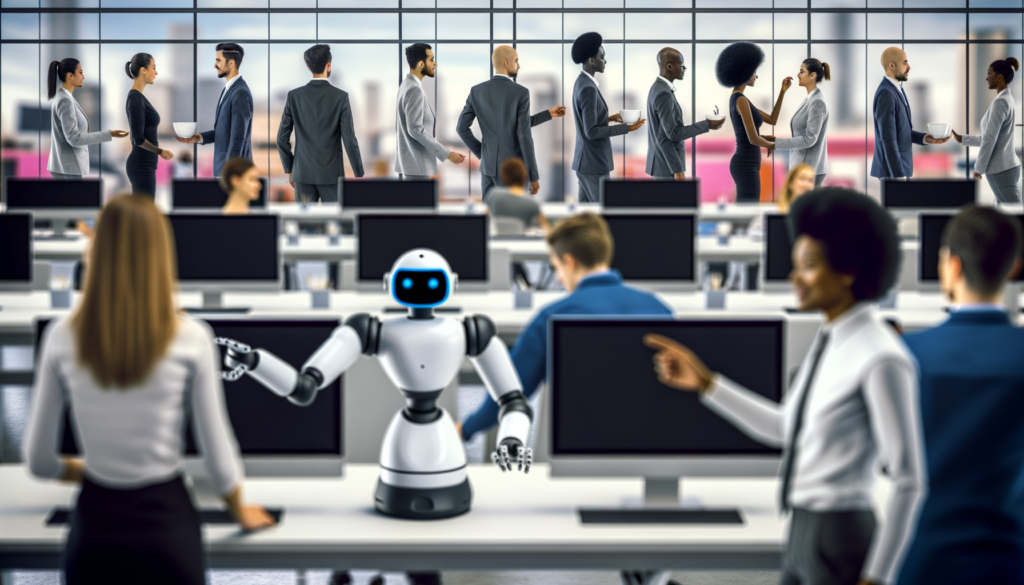In an era where technology continuously reshapes the workplace, Artificial Intelligence (AI) represents a pivotal force in driving smarter, safer, and more efficient work environments. This article delves into how AI can be strategically integrated to not only automate tasks but to significantly uplift overall workplace dynamics.
Integrating AI for Workplace Transformation
The integration of Artificial Intelligence (AI) into the workplace marks a significant shift in how businesses operate, promising an unprecedented enhancement in efficiency, safety, and employee well-being. At the heart of this transformation is the ability of AI to eliminate hazardous tasks, thereby safeguarding employees. Robots powered by AI, for example, can take over dangerous jobs in manufacturing or construction, preventing common workplace injuries.
Moreover, AI streamlines workflows by analyzing vast amounts of data to optimize operations. Tools such as predictive analytics can forecast potential delays or system breakdowns, allowing for preemptive action that saves time and resources. This data-driven approach enables a leaner, more efficient operation that can significantly boost productivity.
AI also plays a crucial role in job creation and transformation. While it automates routine tasks, it opens up opportunities for new roles focused on AI management and strategic implementation. This evolution requires a balanced perspective, recognizing that automation leads to a shift rather than a net loss in job opportunities.
In enhancing workplace safety, AI-driven monitoring systems can identify potential hazards in real-time, alerting employees and management instantaneously. Additionally, wearables embedded with AI technology can monitor the health and stress levels of employees, ensuring that they are not overexerted, which can lead to decreased job satisfaction and increased risk of accidents.
From an ethical standpoint, businesses must navigate the implementation of AI with consideration for employee acceptance and participation. Offering training and development programs can equip staff with the necessary skills to work alongside AI, fostering a culture of innovation and collaboration.
In conclusion, as businesses leverage AI to optimize operations, they must also ensure a smooth transition. This involves not only technical upgrades but also addressing the human element by promoting a culture that values continuous learning and adaptation.
Conclusions
AI in the workplace is not a futuristic concept; it’s a present-day reality that can transform how we approach tasks, safety, and overall efficiency. As we’ve seen, the integration of AI can greatly improve health and safety while fostering a dynamic, innovative work environment that adapts to the evolving demands of the labor market.
